Packaging & Delivery
| Packaging Details: | Optical Encoder packing: Carton |
|---|---|
| Delivery Detail: | Shipped in 7 days after payment |


Company News
Current position :Home > News > Photoelectric Sense
| Packaging Details: | Optical Encoder packing: Carton |
|---|---|
| Delivery Detail: | Shipped in 7 days after payment |
3.We have t
CNC Gear Tooth Rotary Encoder
More Information, let's Skype: zhangpaula312
Hollow Shaft Rotary Encoder
Features:
1.The non-contact,frictionless design ensures long-term reliability and simple installation
2.Direct transmission to avoid the backlash.
3.0.3mm,0.4mm,0.5mm modules are optional.
4.High frequency response 0-6000KHZ.1VPP and TTL output signal.
5.Compact built-in inductive head applicable to small installation space.
6.High protection class(IP68) for harsh environment.
7.Stable positioning precision of quick drilling and tool change
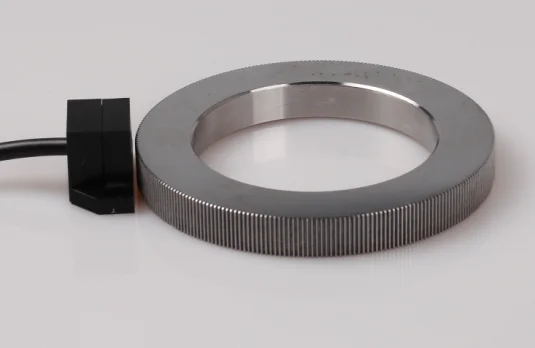
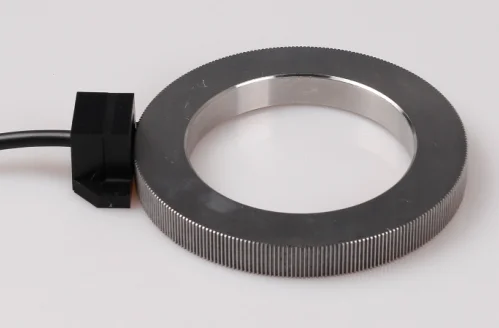
1.Long life and saving cost.The Grating component of encoder is directly connected
to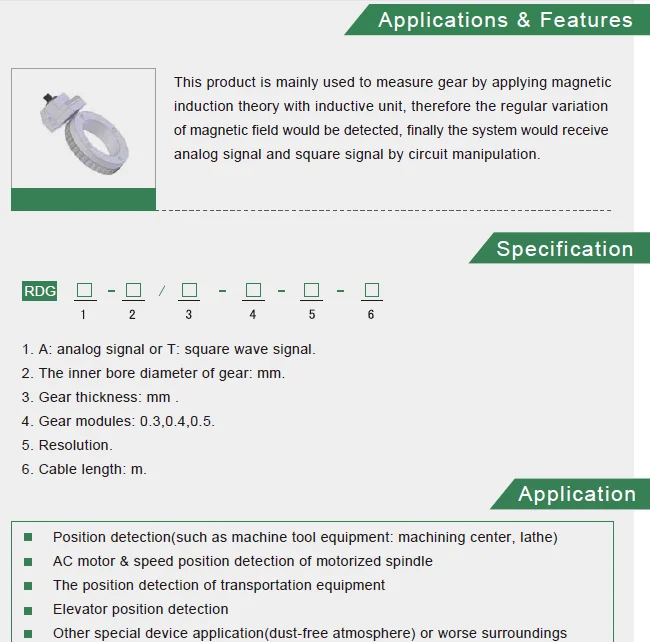
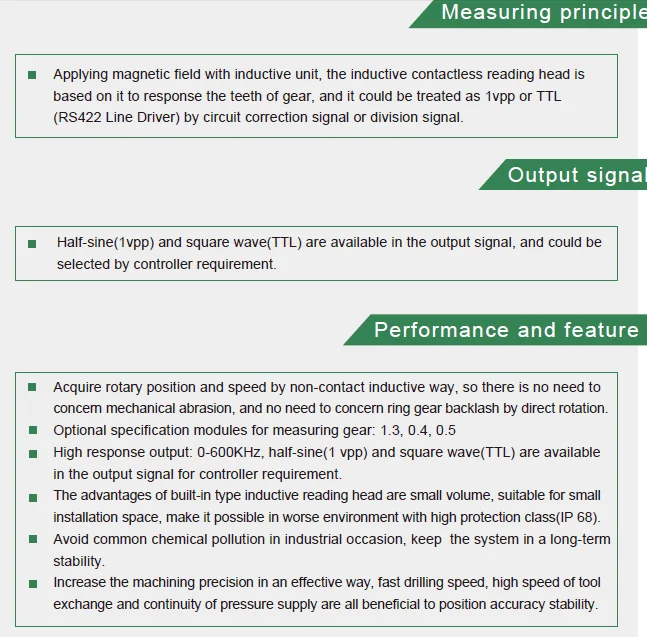
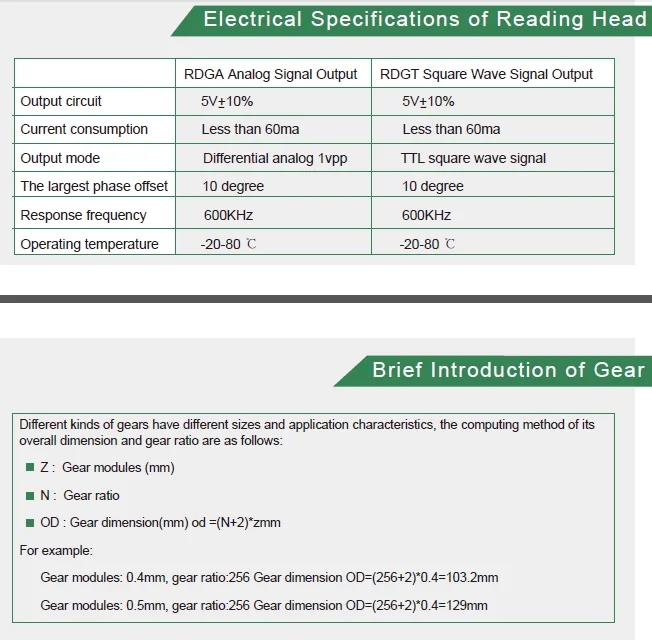 lathe s
lathe s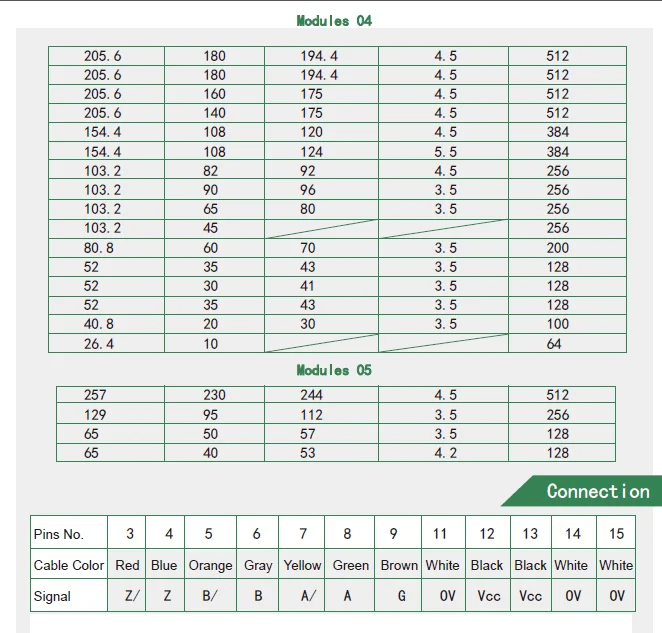
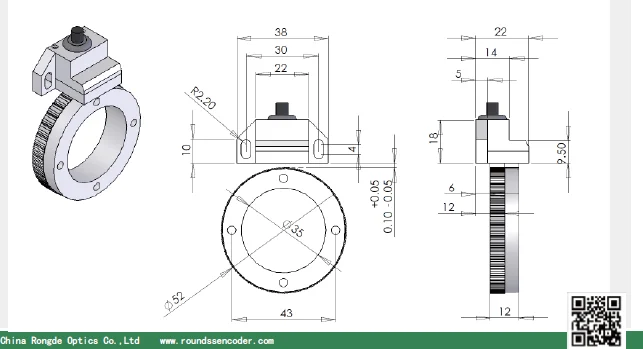 pindle without the aid of flexible couplings,flange and
pindle without the aid of flexible couplings,flange and
s
Pre-sales Service
1.The hollow shaft rotary encoder can be customized to meet your need.e questions about the encoder will be answered within 24 houWe have the best after-sale servic

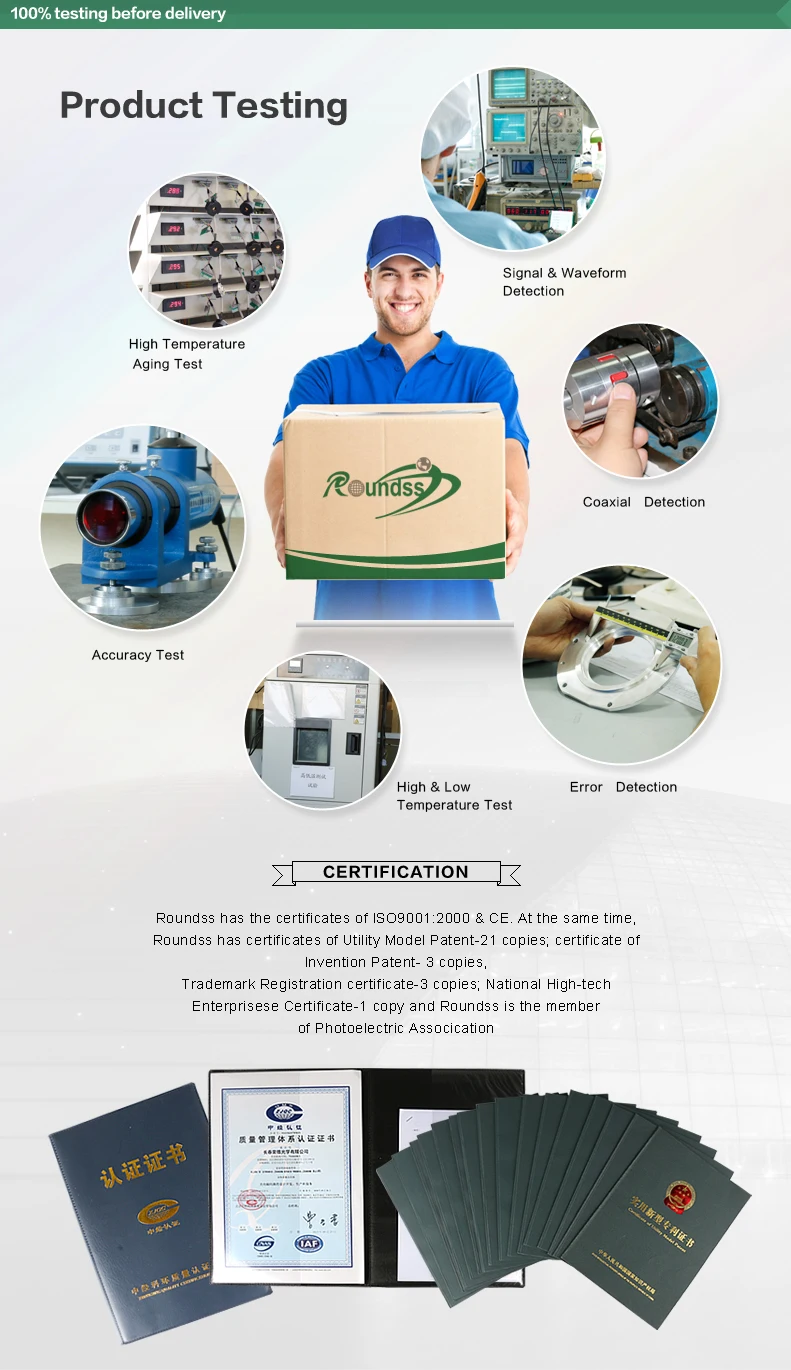

ynchronous pulley,which saves the cost of mounting accessory.The bearingless

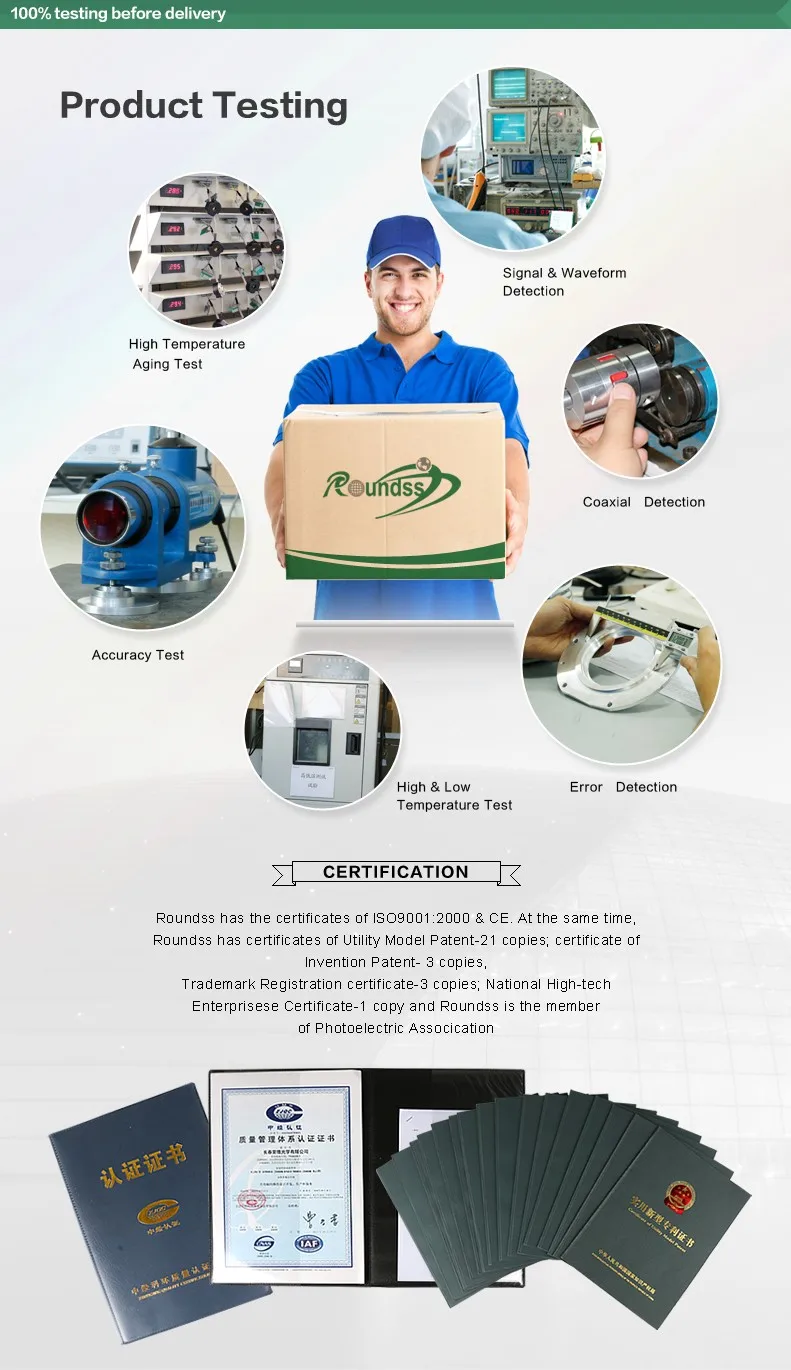
 Previous:The working principle of magnetostrictive displacement sensor
Previous:The working principle of magnetostrictive displacement sensor  Next:The working principle of displacement sensor
Next:The working principle of displacement sensor